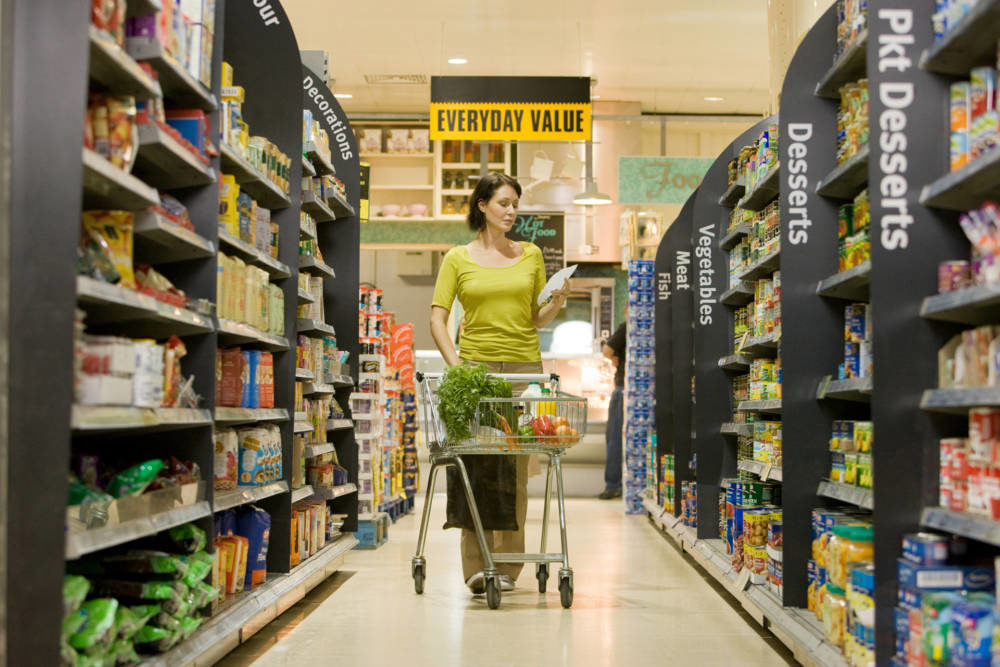Managing product assortment has always been a challenge for every retailer. There are so many things to consider. For example, category sales, individual item contribution, brand promotional support, shopper demand, competitor sales ranking, item market share, and much more.
Your product assortment communicates your commitment to your customers, what you want to be known for—great assortment, exclusive unique products, convenience, etc. It’s how you differentiate your stores from your competitors. The right assortment can convert occasional customers into loyal evangelists. You need to balance category size with having the right product assortment.
Identifying the right product assortment/mix can be a daunting task. Having a strategic partnership with key brands is the best way to level the playing field between you and your most sophisticated competitors. Partner with brands that can support you using best-in-class category management principles. Leverage them to perform deep dives into the category well beyond canned topline templated reports. Have them provide actionable insights you can use to better meet your shopper’s needs and wants.
Consider the category’s size within your store. Notice that some categories perform poorly with ample space to feature a broad selection while other categories explode with reduced space. This may seem counter-intuitive. It’s the law of diminishing returns, suggesting that too much of a good thing can be a bad thing. For instance, energy bars are a growing segment, however, contribution continues to decline. This would imply that there are too many items on the shelf competing for the same shopper’s attention.
Consumers like things simple: stores that are well–merchandised, easy to shop, friendly and inviting. Some retailers make the mistake of limiting their product selection to follow trends. This frequently backfires depending on the store’s unique niche.
For example, say the cereal category has 20 linear feet of shelf space in your store with four segments. Hot cereals represent 35% of total category sales, up +25%. Hot cereal then should have 35% of the available shelf space. Some retailers make the mistake of trying to add too many versions of similar items to take advantage of growing trends. This strategy can backfire because too many similar items confuse shoppers and dilute category growth.
Having a good balance of popular items also available at competitive stores along with unique items not available in the market is the best way to appeal to a broad range of shoppers.
Traditional methodologies suggest category size be determined by their share of total store sales. I recommend that category size be determined by how they contribute to the shopper market basket size. Shoppers who buy natural hot cereal also buy healthy products across other categories. Align category size around the way consumers shop your store.
This is where having solid strategic partnerships with strong brands across different categories pays off. Brands are the experts in their category and the shoppers who buy their products. Brands can be your best secret weapon giving you a sustainable and significant competitive advantage.

Nature Made Makes Waves With Pickle-Flavored Gummies
April 15, 2024








